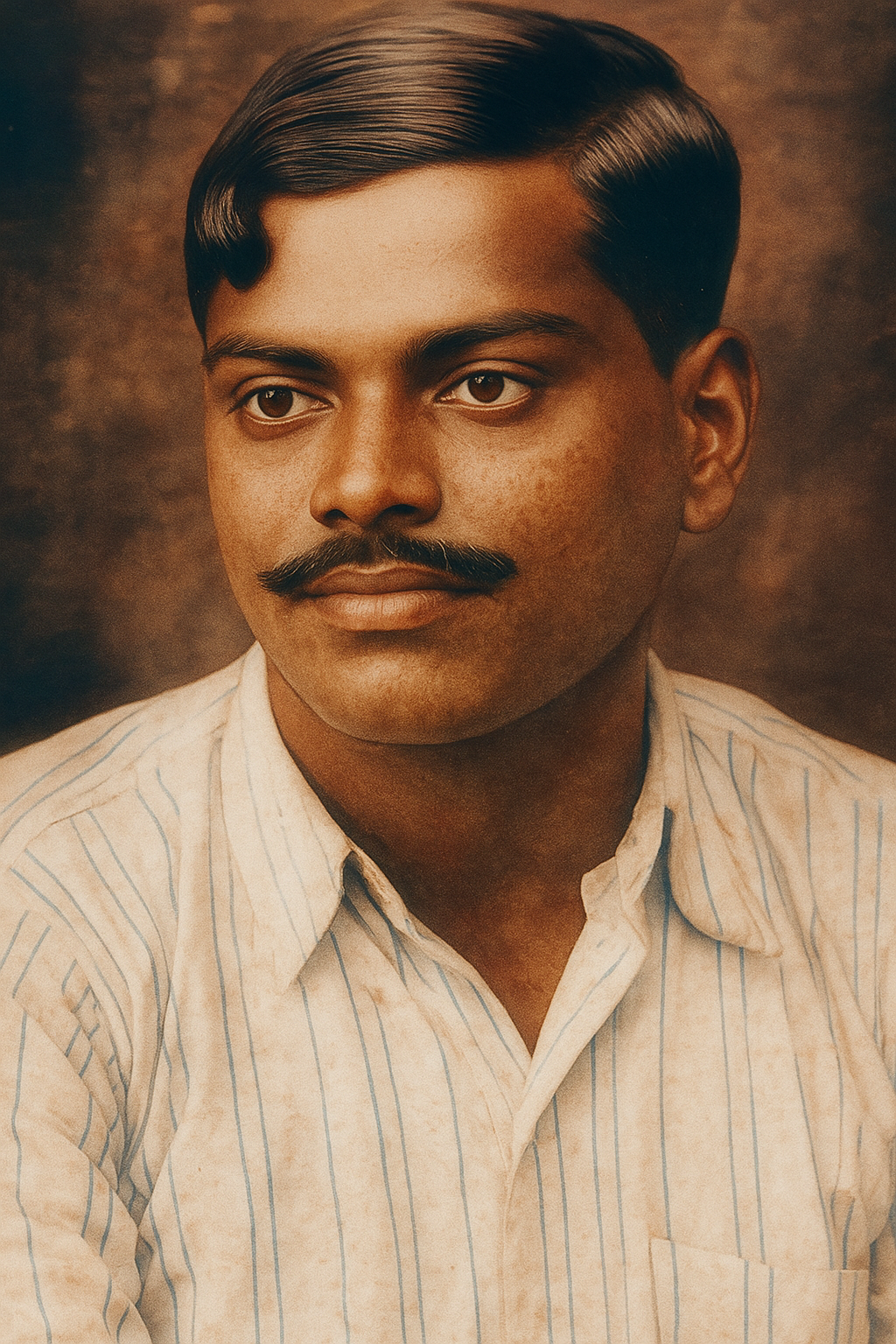Alright, my friend, pull up a chair. I want to tell you about a man whose name still thunders through history, a legend who literally lived his chosen name: Chandrashekhar Azad. Today, July 23rd, is his birth anniversary, and it’s a day to remember the sheer guts and fire this man brought to India’s fight for freedom.
Forget superheroes with capes; Azad was the real deal, born Chandrashekhar Tiwari in a small village, destined for a path less ordinary. He wasn’t even out of his teens when the Jallianwala Bagh massacre shook the nation to its core. And just like that, at 15 years old, this young man plunged headfirst into Gandhi’s Non-Cooperation Movement.
But here’s where the legend truly begins. When he was arrested and brought before a magistrate, a scrawny teenager defiant in the face of British power, they asked his name. And he roared back: “Azad!” (The Free).His father’s name? “Swatantrata!” (Independence). His residence? “Jail!” Can you even imagine the sheer audacity? The magistrate, probably fuming, dished out 15 lashes, but all he did was solidify the identity of “Azad” – a name this lion-hearted young man would carry until his last breath.
When Gandhi called off the movement, Azad, like many, felt a burning frustration. He saw that quiet protests weren’t enough to shake the mighty British Empire. He met revolutionaries, he absorbed their ideals, even diving into Karl Marx’s “Manifesto of the Communist Party.” He joined the Hindustan Republican Association (HRA), a fiery group led by men like Ram Prasad Bismil. And when tragedy struck the HRA, with leaders like Bismil, Roshan Singh, and Ashfaqulla Khan going to the gallows after the Kakori Train Robbery in 1925, Azad didn’t flinch. He didn’t run. He reorganized.
With Bhagat Singh and other brilliant minds, he transformed the HRA into the Hindustan Socialist Republican Association (HSRA) in 1928. They weren’t just fighting for freedom; they were fighting for a socialist India. He was the commander-in-chief, a master marksman, and a meticulous planner. He trained his comrades in the forests near Jhansi, living under aliases, always one step ahead. He was instrumental in avenging Lala Lajpat Rai’s death by targeting British officials.
But Azad made a solemn vow: he would never be captured alive. He lived by it. On February 27, 1931, cornered by police in Alfred Park in Allahabad, he fought like a tiger. Bullets rained down, but he held his ground, protecting his comrade Sukhdev Raj to escape. He killed three policemen. Wounded, with only one bullet left in his pistol, he looked death in the eye and fulfilled his pledge. He shot himself.
He was just 24 years old. Twenty-four! Imagine the fire, the conviction, the sheer, unyielding will of this man. They tried to cremate his body in secret, but when the news spread, people swarmed the park, roaring his name, defying the very power he had fought so bravely.
Chandrashekhar Azad wasn’t just a freedom fighter; he was a living embodiment of defiance. His legacy isn’t just in the pages of history books; it echoes in every act of courage, every demand for justice. He showed us that true freedom isn’t just given; it’s earned with unflinching resolve. And today, as we remember his birth, let’s take a moment to truly appreciate the spirit of Azad – forever free.
Discover more from RJ ViSHAL
Subscribe to get the latest posts sent to your email.



